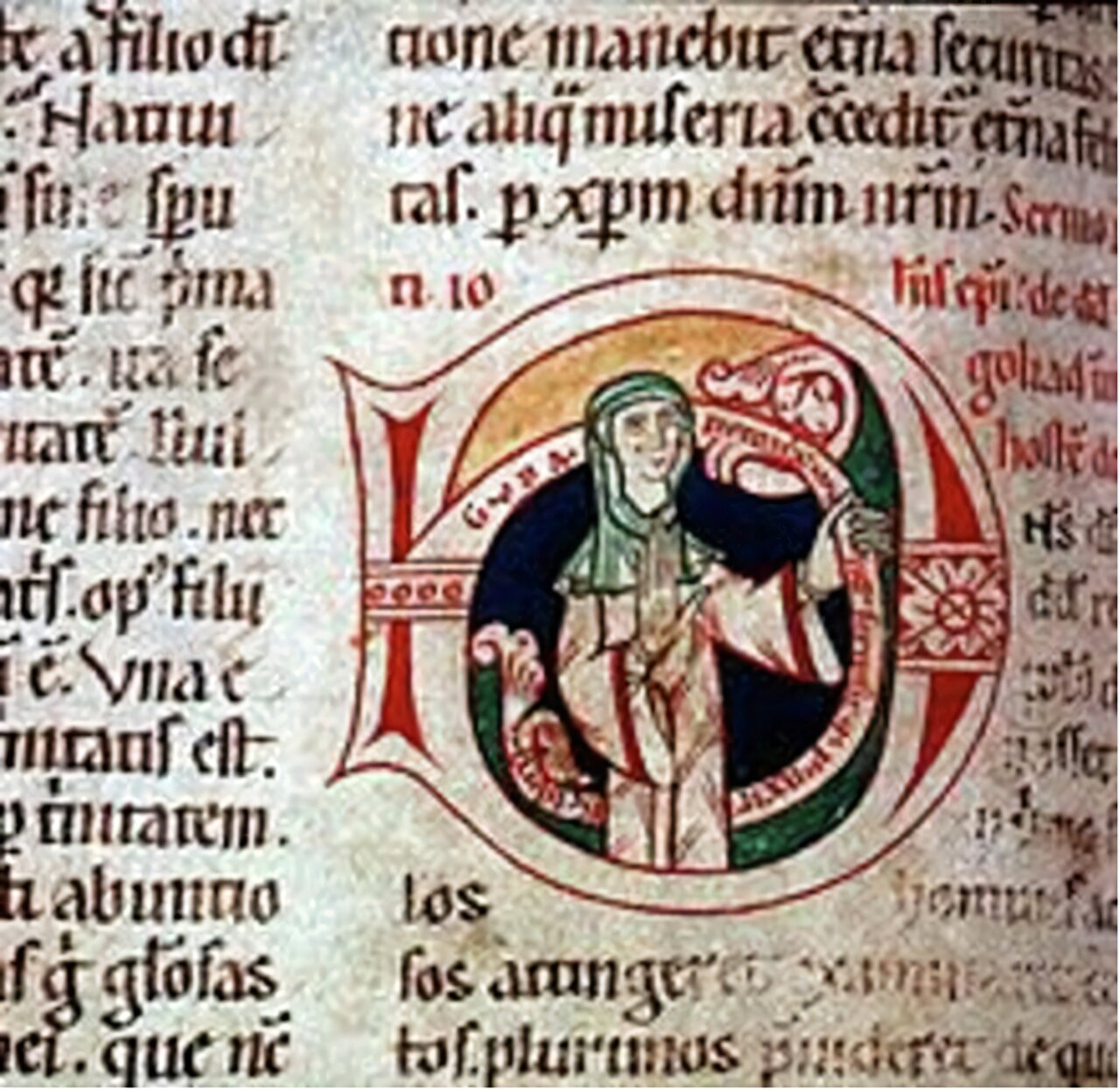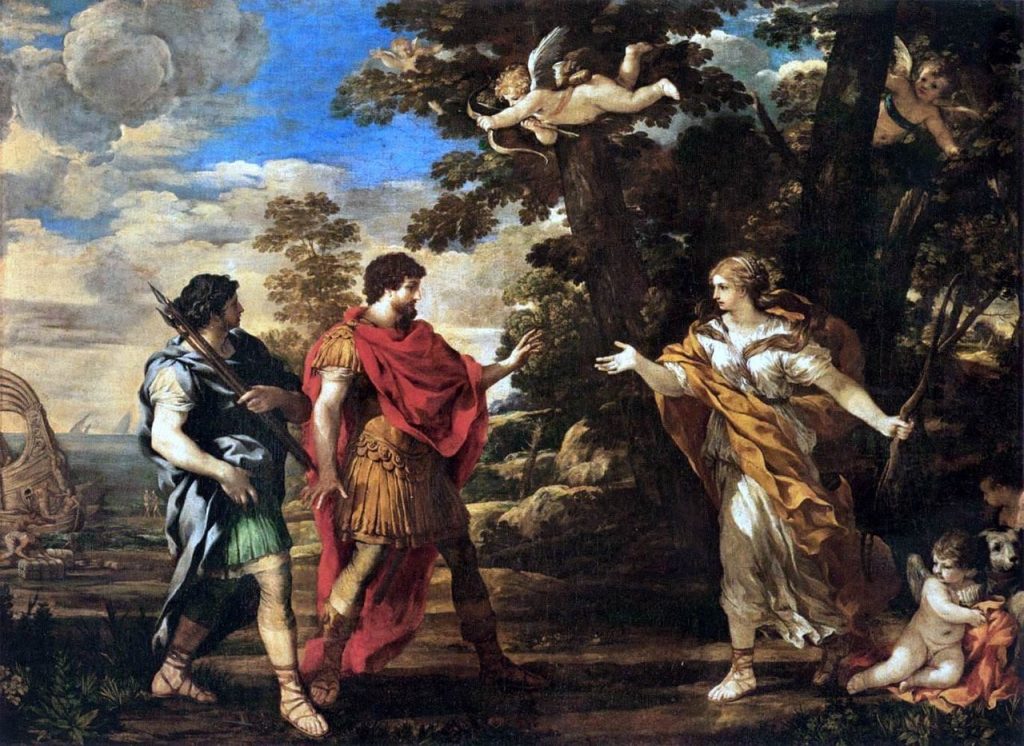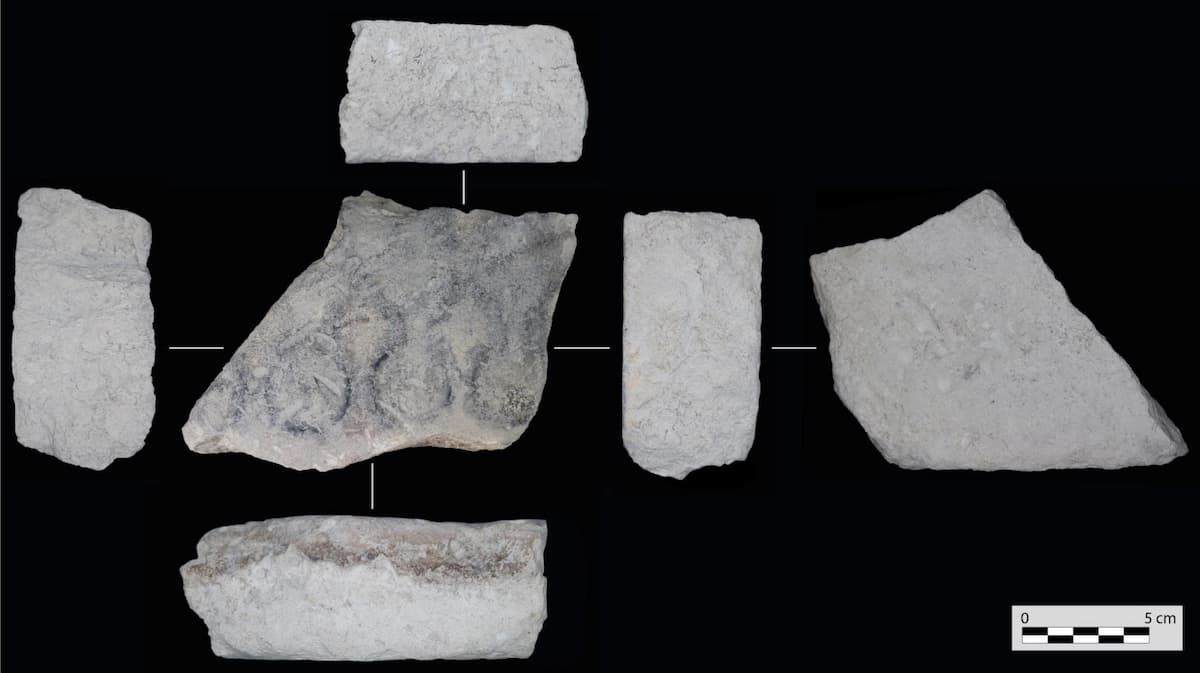A team from the University of Bergen in Norway has revealed that women made a significant contribution to manuscript production during the Middle Ages. It was determined that at least 1.1% of the manuscripts copied by female scribes between 800 and 1626 AD, and likely exceeded a total of 110,000 texts. This estimate suggests that approximately 8,000 of them may still exist today.
Research on women’s participation in manuscript production has generally focused on individual monastic scriptoria, regions, or smaller time periods. Previous studies have provided compelling evidence of women’s roles in such settings but were not designed to offer large-scale quantitative assessments.
In the study titled “How Many Manuscripts Were Copied by Female Scribes in the Middle Ages and Early Modern Period? A Bibliometric Analysis Based on Colophons,” published in the journal Humanities and Social Sciences Communications, researchers conducted a bibliometric analysis of colophons to measure women’s participation as copyists.
Colophons are short statements added to the end of handwritten manuscripts that provide information such as the scribe’s name, the person who commissioned the manuscript, the place and date of production, and occasionally personal thoughts. A total of 23,774 manuscript colophons from institutional collections were examined.

The systematic examination of each colophon involved searching for distinct female indicators, such as self-referential terms or female names.
Researchers only counted colophons where the scribe’s gender could be definitively determined, reaching a count of 254 colophons associated with female scribes. They did not include ambiguous or potential female attributions, providing a conservative estimate of 1.1%, representing the minimum threshold of female scribe contributions.
The analyses showed that the proportion of manuscripts copied by female scribes between 800 and 1400 AD, although low, was stable, while after 1400, there was a significant increase in manuscripts written in vernacular (non-Latin) languages.
The findings indicate that female scribes produced at least 110,000 manuscripts throughout the Middle Ages, with approximately 8,000 still surviving. Known female scribes represent only a small fraction of this output, implying the existence of additional unidentified communities of female scribes.
Questions remain about the socio-political and economic contexts that supported female manuscript production. Future research should map the geographical and chronological distribution of female-authored colophons, examine regional, census, and institutional records for evidence of overlooked book production networks, and analyze the types of texts copied by women to reveal how, when, and why they participated in medieval literacy.
Cover Image: Illustration in a 12th century homiliary, showing a self-portrait of the female scribe and illuminator Guda. Credit: Humanities and Social Sciences Communications (2025)
Åslaug Ommundsen et al, How many medieval and early modern manuscripts were copied by female scribes? A bibliometric analysis based on colophons, Humanities and Social Sciences Communications (2025). DOI: 10.1057/s41599-025-04666-6





